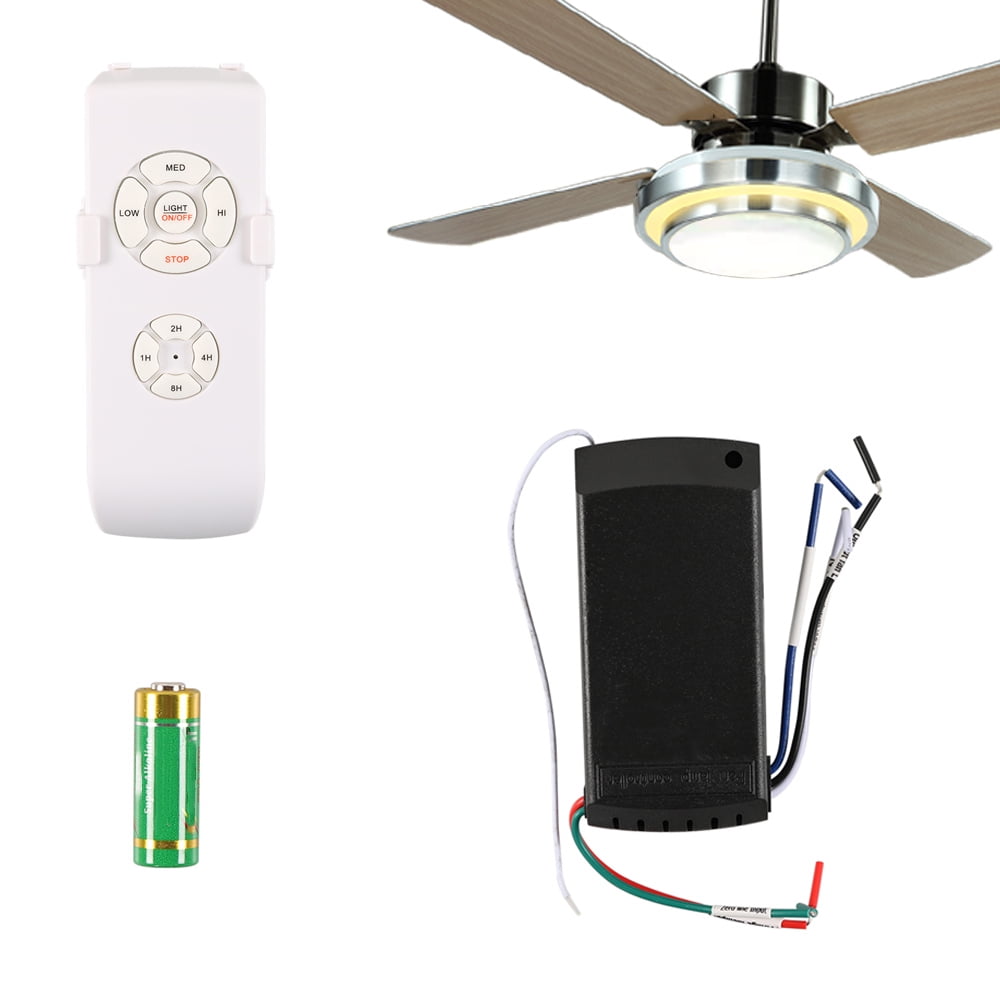

A plastic or metal electrical junction box.If the fan is not mounted where a light fixture has been installed (see Step 5 below), you may need: Additional chain to extend the pull chains (depending on the height of the ceiling in the room).A selection of wire connecters also referred to as wire nuts used to connect two or more electrical wires together.Sturdy ladder or strong tall step stool.Allen wrenches for some models, (sometime provided by the manufacturer).Wire stripper or sharp knife for stripping insulation from the electrical wire.Pliers that incorporate a wire cutter, sometimes referred to as linemen’s pliers.This can be an issue in a bedroom at night where having a quiet fan might be important.Ĭeiling fans can just as easily be installed by persons with limited or no vision as by persons who have good vision by having the right tools and following the five steps described below. Tip: Less expensive fans may have a louder motor sound than more expensive fans. Tip: If the ceilings in your home or apartment are higher than the usual room, you may want to purchase a ceiling fan with an extension connector that will allow the fan to be further down from the ceiling. The ceiling fan and lights can be operated from a wall switch, by pull chains on the fan housing, or with a remote control. There are several configurations of the light fixture to accommodate differing decorative tastes. The downward flow of air is usually done during the warmer months to move the air over people in the room making them feel cooler.Ĭeiling fans can also have a light kit added to them as part of the installation. Pulling the air upward during the colder months pulls the warmer air up and across the ceiling and down the walls to more uniformly distribute the warm air.

The motor is equipped with a switch that will reverse the direction of rotation of the fan thus blowing air downward or pulling it upward. Ceiling fans generally have either 4 or 5 fan blades. Likewise, a smaller diameter fan spread will work nicely in a smaller sized room. A 48 inch fan spread may look best in a large room and one of that size may be needed to adequately circulate the air. You should choose the size that is best for the size of the room in which it is installed. Ceiling fans well placed can increase the efficiency of air conditioners and furnaces because they very quietly mix the warmer air which rises near the ceiling with cooler air that settles near the floor.Ĭeiling fan blades generally span a diameter of 36, 42, or 48 inches. A ceiling fan can add an interesting decorative touch to a room and will also make the room have a much more comfortable and even temperature.


 0 kommentar(er)
0 kommentar(er)
